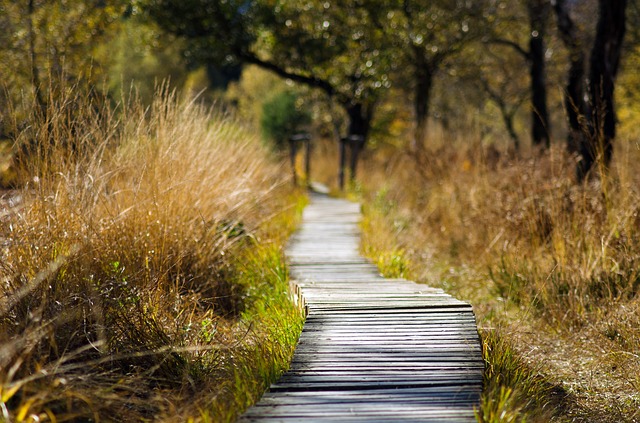Nature reserve
Nature reserves are important sites for wildlife, geology, education and enjoyment that are afforded conservation protection under UK legislation. They are designated under the National Parks and Access to the Countryside Act 1949 and preserve flora, fauna or geological or physiographical features of special interest and/or for provide opportunities for the study of, and research into, those features.
There are two types of nature reserves:
- Local Nature Reserves (LNR) are locally-important sites. For more information see: Local Nature Reserves.
- National Nature Reserves (NNR) are areas of high-quality wildlife and geology of national importance. For more information see: National Nature Reserves.
[edit] Related articles on Designing Buildings Wiki.
- Areas of outstanding natural beauty.
- Barriers to nature engagement in young people.
- Conservation area.
- Designated sites.
- Forests.
- Green belt.
- How nature can be used to improve wellbeing.
- Local Nature Reserve.
- National Nature Reserve.
- National Parks.
- Natural England.
- Protected species.
- Site of Nature Conservation Interest (SNCI).
- Sites of special scientific interest.
- The Wildlife Trusts.
- Types of land.
- World heritage site.
Featured articles and news
Professional practical experience for Architects in training
The long process to transform the nature of education and professional practical experience in the Architecture profession following recent reports.
A people-first approach to retrofit
Moving away from the destructive paradigm of fabric-first.
International Electrician Day, 10 June 2025
Celebrating the role of electrical engineers from André-Marie Amperè, today and for the future.
New guide for clients launched at Houses of Parliament
'There has never been a more important time for clients to step up and ...ask the right questions'
The impact of recycled slate tiles
Innovation across the decades.
EPC changes for existing buildings
Changes and their context as the new RdSAP methodology comes into use from 15 June.
Skills England publishes Sector skills needs assessments
Priority areas relating to the built environment highlighted and described in brief.
BSRIA HVAC Market Watch - May 2025 Edition
Heat Pump Market Outlook: Policy, Performance & Refrigerant Trends for 2025–2028.
Committing to EDI in construction with CIOB
Built Environment professional bodies deepen commitment to EDI with two new signatories: CIAT and CICES.
Government Grenfell progress report at a glance
Line by line recomendation overview, with links to more details.
An engaging and lively review of his professional life.
Sustainable heating for listed buildings
A problem that needs to be approached intelligently.
50th Golden anniversary ECA Edmundson apprentice award
Deadline for entries has been extended to Friday 27 June, so don't miss out!
CIAT at the London Festival of Architecture
Designing for Everyone: Breaking Barriers in Inclusive Architecture.
Mixed reactions to apprenticeship and skills reform 2025
A 'welcome shift' for some and a 'backwards step' for others.






















